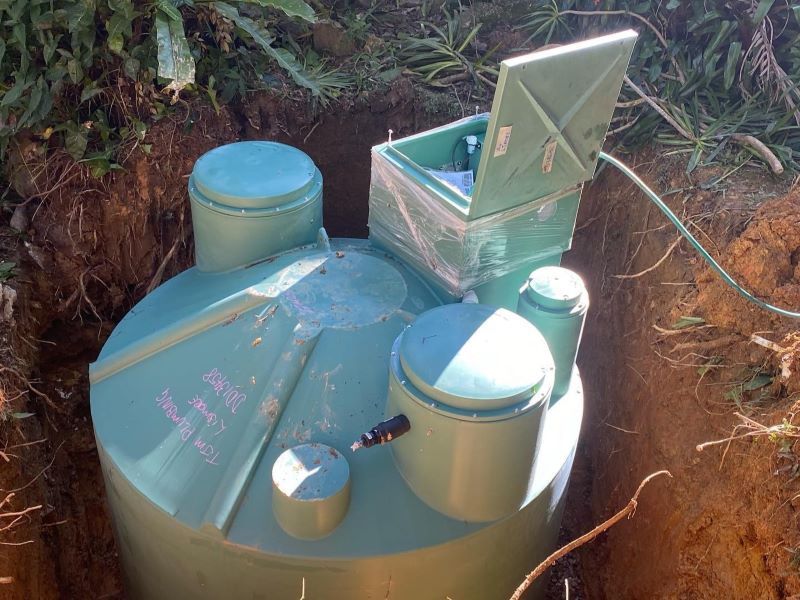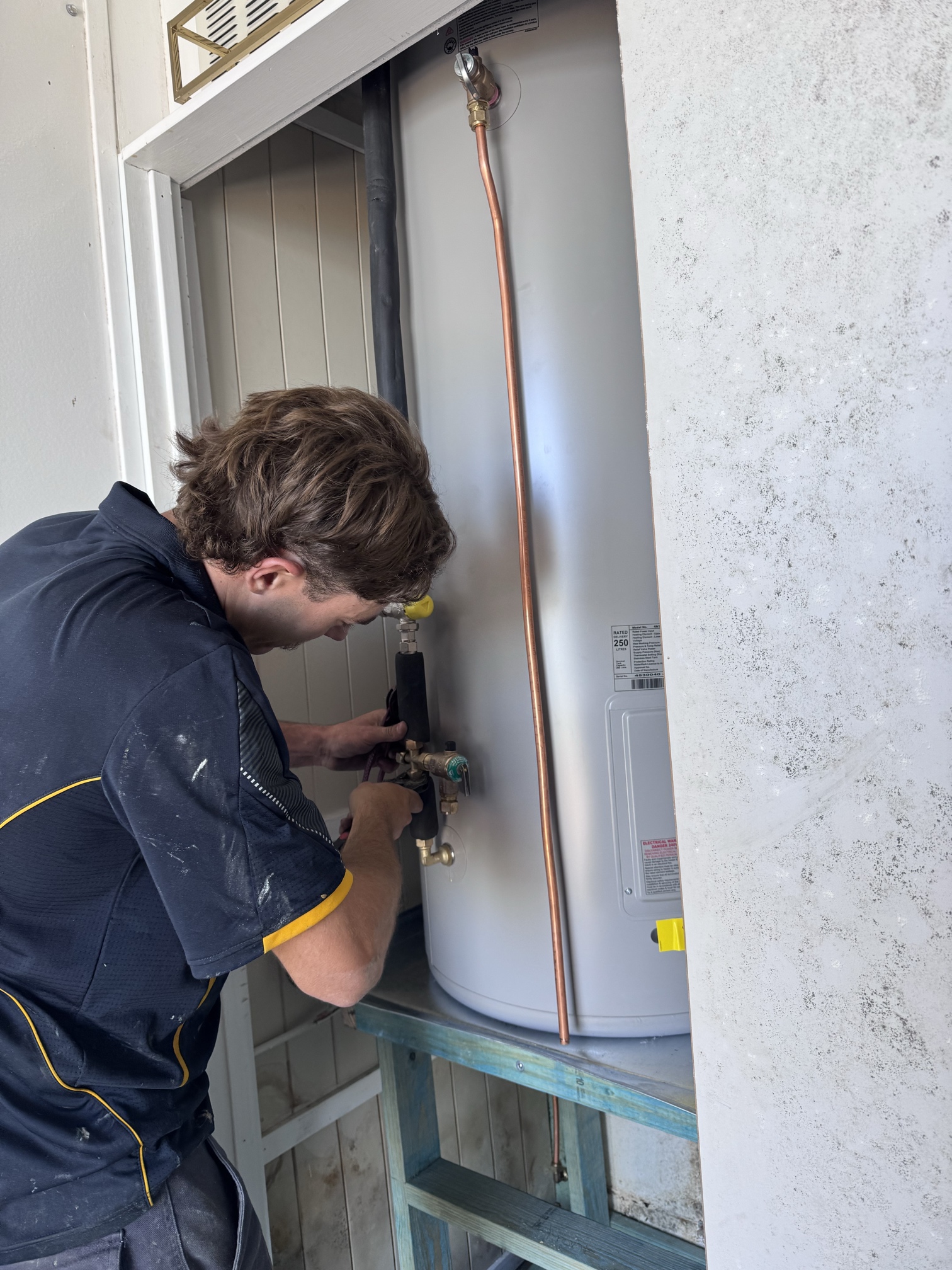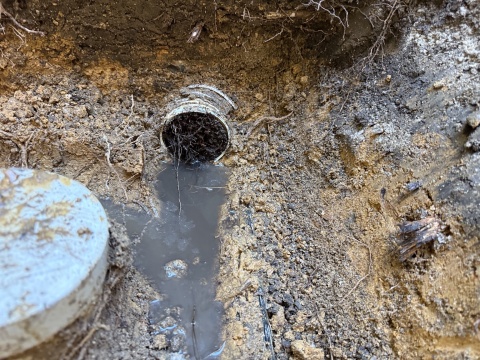Septic systems, including tanks, are a vital part of many properties in Byron Bay that are not connected to the municipal sewer system. These underground systems collect, treat, and dispose of wastewater safely and efficiently. However, like any other component of a property, septic tanks have a finite lifespan and will eventually need to be replaced.
In this article, we will explore how long septic tanks typically last in Byron Bay, the signs that indicate it’s time for a replacement, and whether repairs are possible.
Factors Affecting the Lifespan of Septic Tanks
The lifespan of a septic tank can vary depending on several factors. It is important to consider the type of tank, the materials used in its construction, and the level of maintenance it receives. In general, a well-maintained septic tank in Byron Bay can last for approximately 25 to 30 years, and in some cases, even longer. However, if a septic tank is not properly maintained, it can fail prematurely.
Signs That Indicate a Septic Tank Replacement
It is crucial for property owners in Byron Bay to be aware of the signs that indicate a septic tank may need to be replaced. Recognizing these signs early can help prevent further damage and costly repairs. Here are some common indicators that it’s time for a septic tank replacement:
1. Foul Odours
If you notice a foul sewage smell in your yard or near the septic tank, it is a clear sign that the tank is not functioning properly. The accumulation of waste and a compromised drainage system can contribute to unpleasant odours.
2. Slow Drains and Backups
Slow drains or frequent backups in your sinks, showers, and toilets could be indicative of a septic tank that is not draining properly. This can occur when the tank is full or if there are blockages in the system.
3. Pooling Water
Water pooling in your yard near the septic tank can be a visible sign of trouble. It may indicate that the tank is full, leaking, or experiencing drainage issues. This can lead to potential health hazards and environmental contamination.
4. Unusually Green Grass
If the grass around your septic tank appears unusually green, it could be a sign that the tank is leaking and fertilizing the surrounding area. This excess nutrient concentration can cause rapid grass growth and indicate a problem with the tank.
5. Age of the Septic Tank
Considering the age of your septic tank is important when assessing its condition. If your septic tank is over 25 years old, it is wise to have it inspected by professionals to determine if it’s time for a replacement. Older tanks are more prone to deterioration and failure.
Repairing vs. Replacing Septic Tanks
In some cases, it may be possible to repair a septic tank instead of replacing it. However, the feasibility of repair depends on the extent of the damage and the age of the tank. If the tank is leaking or has significant cracks, repairs may not be a long-term solution, and replacement may be necessary.
It is crucial to consult with a professional septic tank service in Byron Bay to assess the condition of the tank and determine the best course of action. They can evaluate the extent of the damage and advise on whether repairs are feasible or if a replacement is the more appropriate option.
How to Maintain Your Septic Tank and Extend its Lifespan
Regular maintenance is essential to prolong the lifespan of a septic tank in Byron Bay. By following these guidelines, you can help ensure that your septic system functions optimally for many years:
1. Regular Pumping
One of the most crucial aspects of septic tank maintenance is regular pumping. It is recommended to have your septic tank pumped every 3 to 5 years, depending on the size of your property and the number of occupants. This process removes accumulated solids and prevents them from clogging the system.
2. Water Conservation
Conserving water can significantly reduce the strain on your septic system. Fix any leaks promptly, install low-flow toilets and showerheads, and avoid running the dishwasher or washing machine unless they are full. These measures can help prevent overloading the septic tank with excessive water.
3. Proper Waste Disposal
To maintain the health of your septic system, only flush human waste and toilet paper down the toilet. Avoid flushing non-biodegradable items such as cigarette butts, sanitary napkins, condoms, and paper towels. Additionally, do not dispose of medications down the toilet, as they can harm the necessary bacteria in your septic tank or contaminate groundwater.
4. Avoid Harsh Chemicals
Avoid using harsh chemicals, such as bleach and drain cleaners, as they can disrupt the natural balance of bacteria in your septic tank. Instead, opt for environmentally friendly alternatives and consider using septic-safe cleaning products.
5. Landscaping Considerations
Be mindful of the landscaping around your septic system. Do not plant trees or shrubs with aggressive root systems near the tank or drainfield, as these roots can invade and damage the pipes. It is also important to avoid parking vehicles or heavy machinery on top of the septic system, as this can cause damage.
Special Note: Approval to install or alter an existing system
If need to get approval from Council to install a new on-site sewage management system or alter an existing system on your property.
- Submit an application to install or alter an on-site sewage management system
- Include the required information.
- Pay the fee.
If you need more information you can read more at the Byron Shire Council Septic Systems page.


